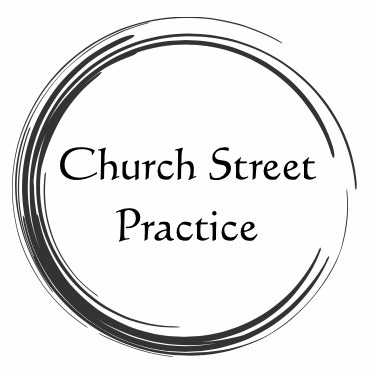Whiplash injuries
Headaches, neck, shoulder and back pain
Most commonly, whiplash is a direct result of a car accident but it can also occur following any forceful movements of the head, a direct impact or a rapid change of direction which then damages the surrounding connective tissues, leads to inflammation of the spinal discs and muscle spasm.
Symptoms of whiplash
Along with car crashes, whiplash can occur from sports accidents, or simple accidents such as falling off a ladder. Symptoms of whiplash usually develop within 24 hours or more of the trauma taking place, although it can take longer and initially might just be a small degree of stiffness which then increases.
The injury also leads to mechanical disturbances which can cause misalignment within the spine, dysfunction to the actions of the postural muscles and shock to the body which inhibits the usual self-healing, self-correcting mechanisms of the central nervous system. This is where osteopathy can be so helpful.
Just like a pebble being thrown into a pond and the ripples travelling a long way, sufferers of whiplash will know this injury can affect the whole body, not just the initial point of impact/injury.
The most common symptoms of whiplash include:
Neck pain
Stiffness
Reduced neck movements
Muscle tenderness
Headaches
Pain and muscle spasms in the shoulders and arms
Lower back pain
Dizziness
Blurred vision
Trouble swallowing
Fatigue
Unsuccessfully healed, whiplash symptoms can become chronic, leading to long term mobility problems, pain, fatigue, anxiety and depression.
Very often, although the initial inflammation calms down and those acute symptoms ease, the underlying mechanical effects of the whiplash can lie dormant and then emerge again at a future date, often when the body is under a period of stress, subjected to another more minor injury or with ongoing poor posture. So many of our patients who come to see us with problems of all kinds such as headaches, neck and back pain, sciatica, poor sleep and fatigue, often have suffered from whiplash in the past, a car accident possibly or bad fall sometimes 5, 10, even 20 years ago.
How can whiplash be treated?
In the acute phase in the few days immediately after the injury, it is best treated by using ice directly on the affected area every 2 to 3 hours, for 10 minutes at a time. We recommend also taking Arnica (30 or 200 depending on the severity of the injury). Arnica is a homeopathic remedy (therefore contains no chemicals) which is very effective at reducing shock and bruising. We have this in stock at the clinic.
Once it has started to calm down, whiplash can also be treated with osteopathy.
Treating whiplash through osteopathy
Osteopathy works in so many different ways. It can work to treat the muscles, ligaments, joints, nerves, cartilage, tendons, organs as well as the overall bony system; it is also fantastic at working on the central nervous system and stimulating the self healing, self-correcting mechanisms of the body which are so often inhibited by these type of injuries which involve a lot of shock.
In whiplash, it is also important to assess and treat any mechanical misalignment that have been caused by the sudden adverse movements of the impact. This will often be in the bony joints of the neck but not always; very often the pressure of the seatbelt causes dysfunction of one shoulder, the ribs, chest or even the abdominal organs.
For many whiplash is just an inconvenience for a couple if weeks but for others it becomes a very debilitating ongoing problem for months and even years. This leads to all the associated effects on mobility, work and mental health. A 2012 trial shows osteopathy to have benefit for those suffering from chronic whiplash after just 5 treatments a week apart.
Acupuncture
As well as osteopathy,acupuncturecan often be very beneficial with whiplash both at the acute stage to help with pain relief and reducing inflammation but also with those situations where symptoms have become chronic with can lead to long term pain and fatigue; acupuncture works at removing the blocks which are causing stagnation and therefore restore normal function and increase energy levels.
Acupuncture and osteopathy work very well in conjunction, if necessary.

